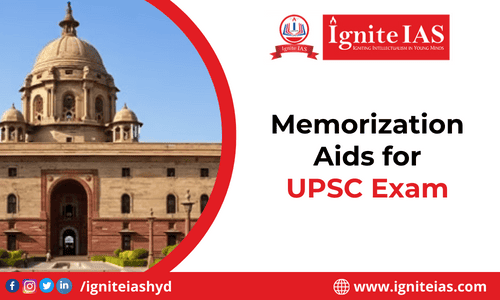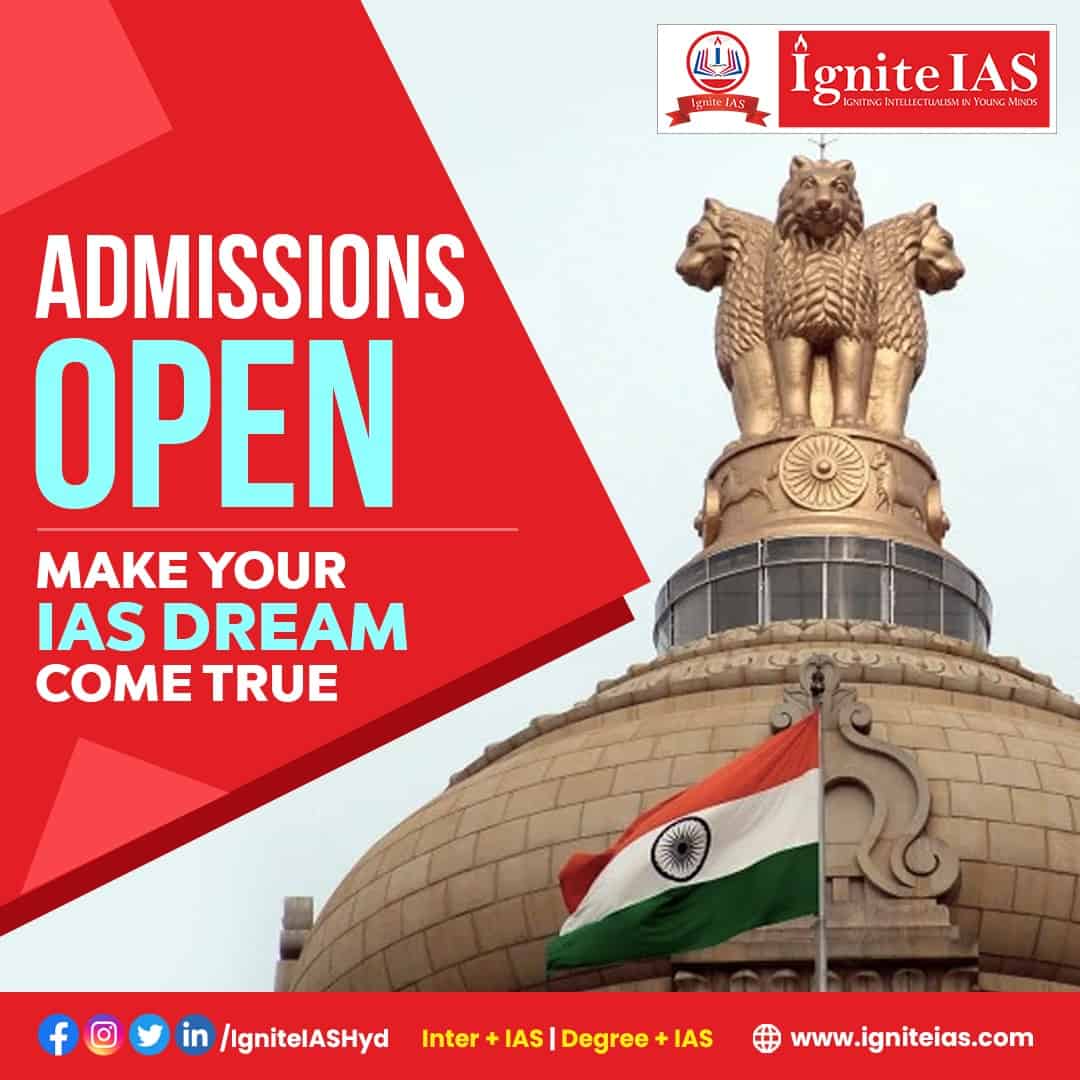Preparing for the UPSC Civil Services Examination demands not just a thorough understanding of the syllabus but also effective memorization techniques. Mnemonics, in particular, can be invaluable tools for retaining vast amounts of information. Here are some mnemonic devices tailored for UPSC exam preparation:
HOMES – Remember the Great Lakes of North America:
- H – Huron
- O – Ontario
- M – Michigan
- E – Erie
- S – Superior
BHAJSAB – Recall the sequence of Mughal rulers:
- B – Babar
- H – Humayun
- A – Akbar
- J – Jehangir
- S – Shah Jahan
- A – Aurangzeb
- B – Bahadur Shah Zafar
1773 – To remember the Boston Tea Party:
- Associate 74 with “Heavenly Tea.” Imagine a scene where people enjoy tea and then toss cups into the water, linking it to the year 1773.
BAPU KA HATH – Memorize kings of Ancient India who practiced Buddhism:
- B – Bimbisara
- A – Ashoka
- P – Prasanjeet
- U – Udaysen
- KA – Kanishka
- HATH – Harshavardhana
MBBS PAIN – Recall SAARC countries:
- M – Maldives
- B – Bangladesh
- B – Bhutan
- S – Sri Lanka
- P – Pakistan
- A – Afghanistan
- I – India
- N – Nepal
LIMCA TV – Remember members of Mekong – Ganga Cooperation:
- L – Laos
- I – India
- M – Myanmar
- Ca – Cambodia
- T – Thailand
- V – Vietnam
TARIK – Recall countries around the Caspian Sea:
- T – Turkmenistan
- A – Azerbaijan
- R – Russia
- I – Iran
- K – Kazakhstan
CCC FRENS – Memorize core industries in India:
- C – coal
- C – crude oil
- C – cement
- F – fertilizers
- R – refinery products
- E – electricity
- N – natural gas
- S – steel
SEED – Remember Horn of Africa countries:
- S – Somalia
- E – Ethiopia
- E – Eritrea
- D – Djibouti
RuDe Germany SELL Poland & Finland – Recall countries around the Baltic Sea:
- Ru – Russia
- De – Denmark
- Germany
- S – Sweden
- E – Estonia
- L – Latvia
- L – Lithuania
- Poland
- Finland
These mnemonics can serve as effective memory aids, helping you retain crucial information for the UPSC exam. Incorporate them into your study routine to enhance your recall and improve your chances of success.
Sure, here are 5 FAQs along with their answers:
- What are mnemonics, and how can they help in UPSC exam preparation?
- Mnemonics are memory aids that help learners recall information more easily. In UPSC exam preparation, where vast amounts of information need to be retained, mnemonics provide shortcuts for memorization. They associate complex concepts or lists with easily remembered phrases, making recall during the exam much smoother.
- How can I effectively use mnemonics for UPSC exam preparation?
- Start by identifying the information you find most challenging to remember, such as lists, sequences, or categories. Then, create mnemonic devices that link this information to memorable phrases, acronyms, or stories. Practice recalling the information using these mnemonics regularly to reinforce your memory.
- Are there any risks associated with relying solely on mnemonics for studying?
- While mnemonics can be powerful tools for memorization, they should not be the sole focus of your study strategy. It’s essential to ensure a deep understanding of the concepts behind the information you’re memorizing. Mnemonics work best when used in conjunction with other study techniques, such as active learning, problem-solving, and concept mapping.
- How can I create my own mnemonics for UPSC exam preparation?
- To create effective mnemonics, break down the information into smaller, more manageable chunks. Look for patterns or connections within the data that you can leverage to create memorable associations. Experiment with different mnemonic devices, such as acronyms, visual imagery, or rhymes, to find what works best for you.
- Can I use pre-existing mnemonics, or should I create my own?
- While pre-existing mnemonics can be convenient and time-saving, creating your own mnemonics can be more effective for personalized learning. Tailoring mnemonic devices to your own learning style and preferences increases their relevance and memorability. However, feel free to use pre-existing mnemonics as inspiration or supplements to your own creations.
Conclusion:
Becoming the youngest IAS officer in India is a testament to your dedication, perseverance, and strategic approach to preparation. By following these ten transformative steps, you can elevate your chances of cracking the IAS examination and embarking on a fulfilling career in public service. Embrace the journey with confidence, determination, and an unwavering belief in your potential. Success may require sacrifice and perseverance, but with resilience and a clear vision, you can carve your path to greatness and make a meaningful contribution to society as an IAS officer. Join Ignite IAS now to reach you Success!




